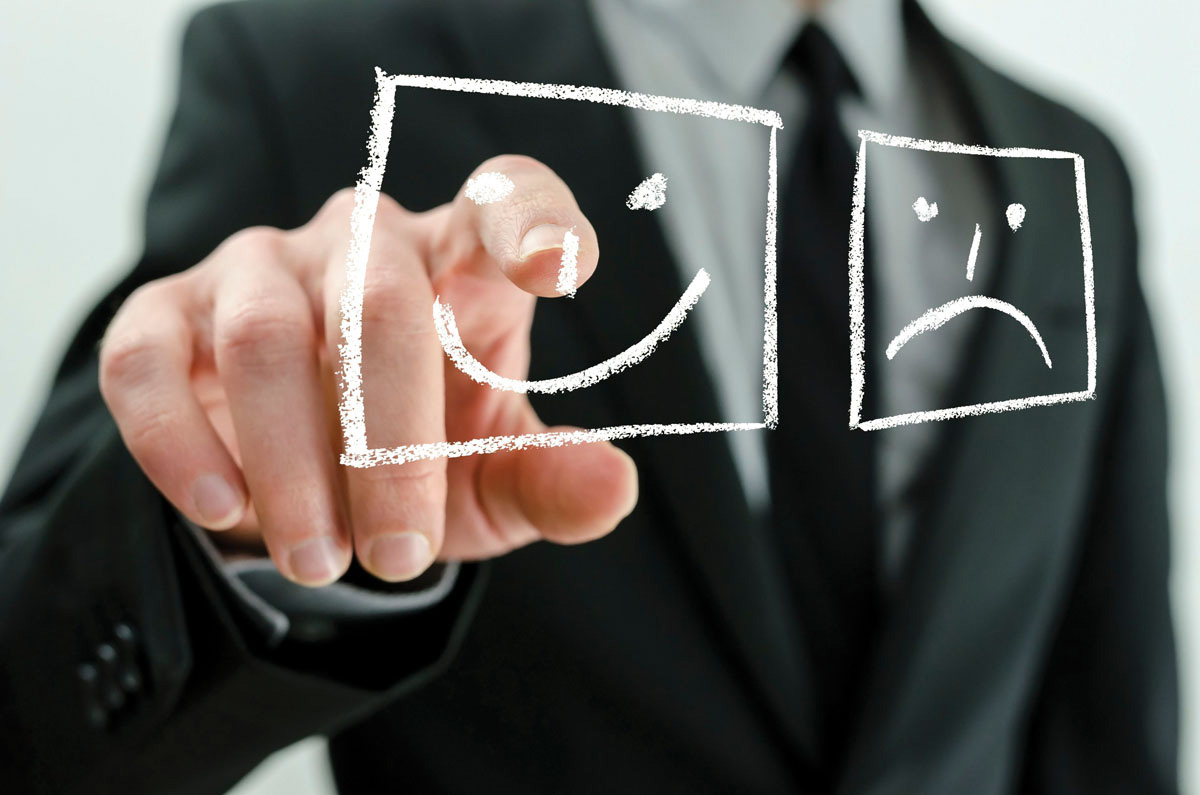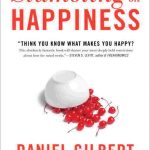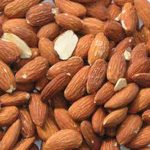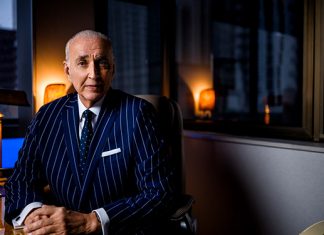 How many articles on fitness have you read in this lifetime? A slew, perhaps? Fitness is a topic touched upon in every possible media format on a constant basis. “Lose Weight Fast”, “Get The Body You’ve Always Wanted”, “10 Tips For a Bangin’ Bod”…one could could go on and on with the catchy headlines out there. We’ve all read them and been drawn in by the possibility of achieving abs like Adam Levine and a derriere that can top Jessica Biel’s.
How many articles on fitness have you read in this lifetime? A slew, perhaps? Fitness is a topic touched upon in every possible media format on a constant basis. “Lose Weight Fast”, “Get The Body You’ve Always Wanted”, “10 Tips For a Bangin’ Bod”…one could could go on and on with the catchy headlines out there. We’ve all read them and been drawn in by the possibility of achieving abs like Adam Levine and a derriere that can top Jessica Biel’s.
Arnold Schwarzenegger, someone who knows a thing or two about fitness, still uses the same approach he adopted as a struggling immigrant with barely comprehensible English for his acting career, political endeavors and life. “The body is very important,” he states, “but the mind is more important than the body. You have to visualize what you want to achieve. The mind creates the will to do it.”
That will referred to by Schwarzenegger comes from deep within, and to access it, our emotional state of mind plays a fundamental part. As Master Motivational Speaker Tony Robbins shares: “If you harness the power of the mind you can do, have and achieve anything.” It is the source of your power as an individual that gives you the ability to create the reality you want for yourself. Being physically fit is more about the outcome of the endeavor, the only thing that stands in the way of a person achieving goals in life is their mindset and how fit he or she is emotionally.
 Our emotional fitness is the driving force behind all of our states of being. It’s the mind that commands the body and we must first believe that we can do something before we put it into practice. But the mind is also a tricky contraption…every day on a very basic instinctual level human beings are driven by thoughts to satisfy needs. If we fail to understand and master our instincts, the emotions they generate, as well as the repetitive, at times negative, thinking patterns that accompany them, we run the risk of feeling victims of our own self-sabotaging. To be emotionally fit is to become aware of this.
Our emotional fitness is the driving force behind all of our states of being. It’s the mind that commands the body and we must first believe that we can do something before we put it into practice. But the mind is also a tricky contraption…every day on a very basic instinctual level human beings are driven by thoughts to satisfy needs. If we fail to understand and master our instincts, the emotions they generate, as well as the repetitive, at times negative, thinking patterns that accompany them, we run the risk of feeling victims of our own self-sabotaging. To be emotionally fit is to become aware of this.
Sonja Lyubomirsky, Psychologist & Author of The How Of Happiness, states that 50% of the variant of being emotionally fit and/or happy is genetics, 10% is lifestyle and 40% is intentional activity. We can change and harness that 40% by how we think and behave. Her research goes on to show that happy people are good at relationships, more grateful, more philanthropic, optimistic about the future, make physical activity a habit, are deeply committed to goals and live in the present.
 If 40% is intentional activity, here’s the good news: We hold the key to a big piece of what we can now refer to as the Emotionally Fit & Happy Pie. Setting healthy boundaries is a crucial ingredient in this Happy Pie of ours. As Psychiatrist Dr. Paul Dobransky asserts: “Suffering is the taking of your own emotional energy and spending it on the uncontrollable in life,” he says. “When you spend energy on things you have no control over [this includes another human being], you drain yourself like a gas tank with holes in it. In other words, when you suffer, you lose your self-esteem by wasting it on things you can’t control.” Moreover, Harvard Psychologist Dan Gilbert says that our society basis too much of its happiness on the Impact Bias. “This is the tendency to overestimate the hedonic impact of future events,” he says. “Winning or losing an election, gaining or losing a romantic partner, getting or not getting a promotion — these experiences have far less duration than people expect them to have.”
If 40% is intentional activity, here’s the good news: We hold the key to a big piece of what we can now refer to as the Emotionally Fit & Happy Pie. Setting healthy boundaries is a crucial ingredient in this Happy Pie of ours. As Psychiatrist Dr. Paul Dobransky asserts: “Suffering is the taking of your own emotional energy and spending it on the uncontrollable in life,” he says. “When you spend energy on things you have no control over [this includes another human being], you drain yourself like a gas tank with holes in it. In other words, when you suffer, you lose your self-esteem by wasting it on things you can’t control.” Moreover, Harvard Psychologist Dan Gilbert says that our society basis too much of its happiness on the Impact Bias. “This is the tendency to overestimate the hedonic impact of future events,” he says. “Winning or losing an election, gaining or losing a romantic partner, getting or not getting a promotion — these experiences have far less duration than people expect them to have.”
In fact, we’re more affected by our thoughts of how things will unfold, before they occur, than how we eventually deal with them in the actual occurrence. This all resonates back to the initial sentiment of the importance of remaining in the present.
On paper, this all makes sense. This is information that might be new and refreshing to you, or perchance you’ve heard this before and can at least acknowledge that it is true, but here is the real question: Do you put it into practice? Are you emotionally fit? Are you achieving your goals? And ultimately — wait for it….wait for it — Are you happy?
 There’s a law in physics that no two things can occupy the same space at the same time. In other words, you can either be physically out of shape in every aspect of your life, playing the victim, entertaining negative thoughts and complaining, OR you can be living your life in the most glorious way, allowing your senses to playfully explore the possibilities, and being fully engaged in the present. What you can’t do is both at the same time. It’s all in your hands, so go ahead, start getting emotional fit now. Things can only get better.
There’s a law in physics that no two things can occupy the same space at the same time. In other words, you can either be physically out of shape in every aspect of your life, playing the victim, entertaining negative thoughts and complaining, OR you can be living your life in the most glorious way, allowing your senses to playfully explore the possibilities, and being fully engaged in the present. What you can’t do is both at the same time. It’s all in your hands, so go ahead, start getting emotional fit now. Things can only get better.
Happiness Index
Here are 7 easily accessible tools that can assist you on your emotional fitness path to happiness no matter what obstacles you may face.
 Be Unique
Be Unique
Sally Hogshead insists that everyone is fascinating. Find out which of the 49 personality archetypes you are by taking the test: HowToFascinate.com.
 Work Out
Work Out
Want to get into the habit of daily exercise? MiCoach works as a virtual personal trainer that customizes a training plan that includes exercises and videos.
 Natural Factor
Natural Factor
According to Physicist James Lovelock’s Gaia Theory, humans are one with nature and the more we connect, the more we tap our magnetism.
 Get Motivated
Get Motivated
Find the motivation you need via weekly videos from a gal who gives advice on being awesome via her popular Youtube channel: YouTube.com/User/MarieForleo.
 Paginated Power
Paginated Power
Dan Gilbert’s Stumbling On Happiness has been translated into 20 different languages and is a New York Times bestseller — and, yes, it’s a must-read!
 Right Stuff
Right Stuff
Did you know that foods rich in Tyrosine help treat depression, anxiety and aid in the reduction of fat? Stock up on sunflower seeds, almonds and seaweed.
 Happy Reading
Happy Reading
To understand exactly how our brains work when it comes to the subject of happiness, check out Sonja Lyubomirsky’s book The How Of Happiness.











